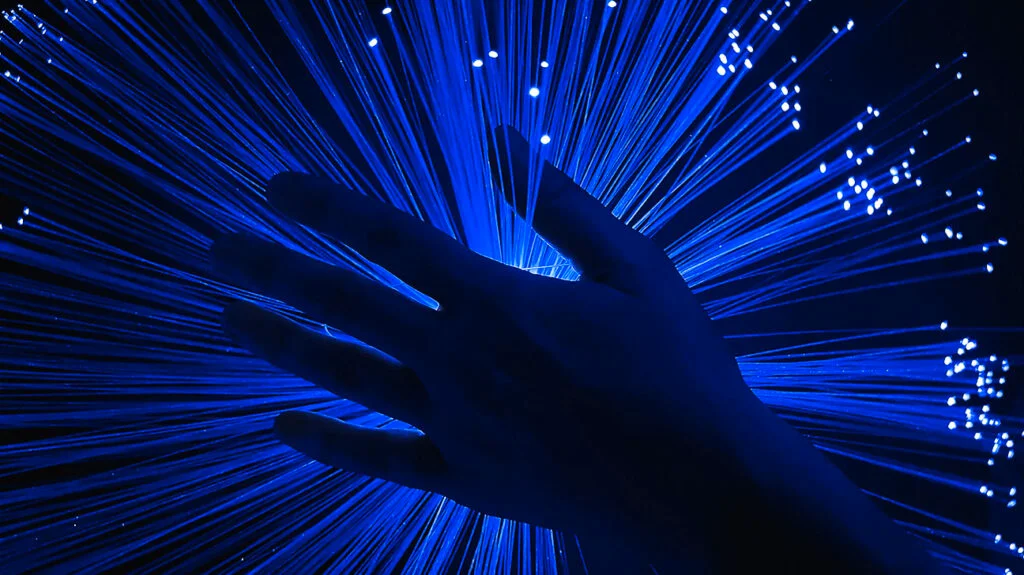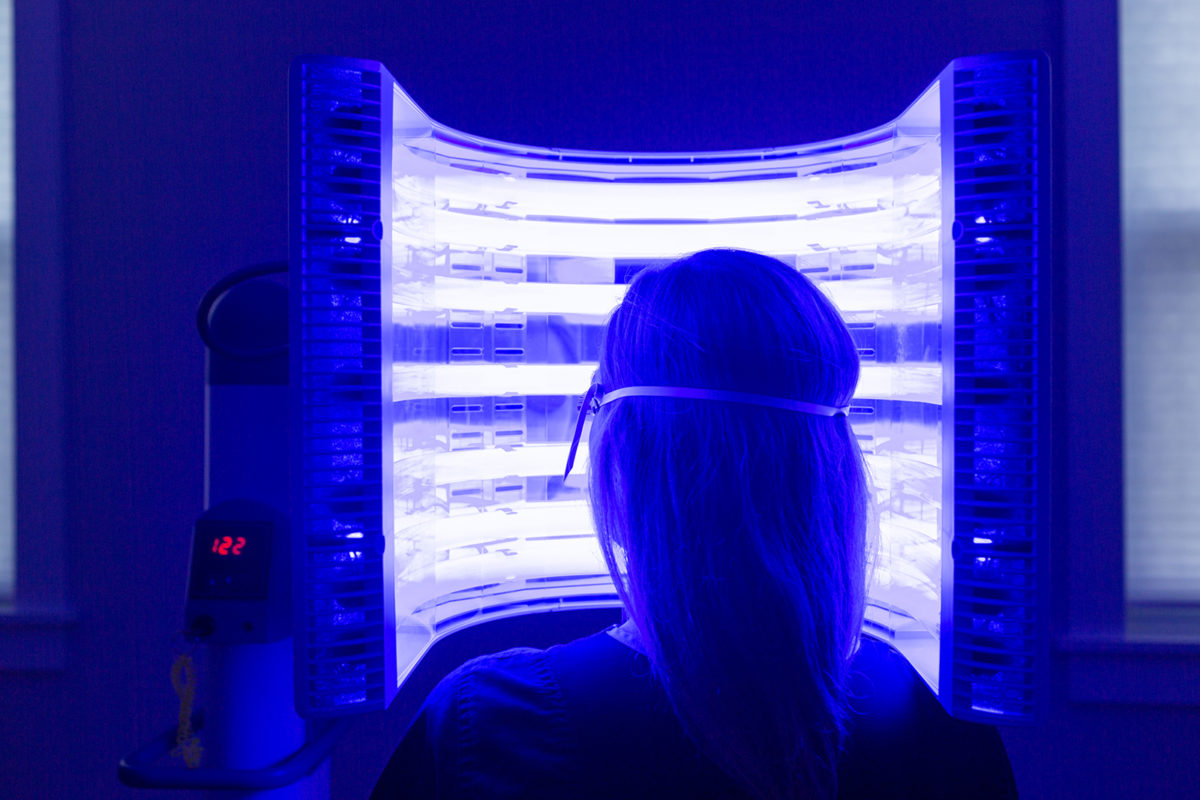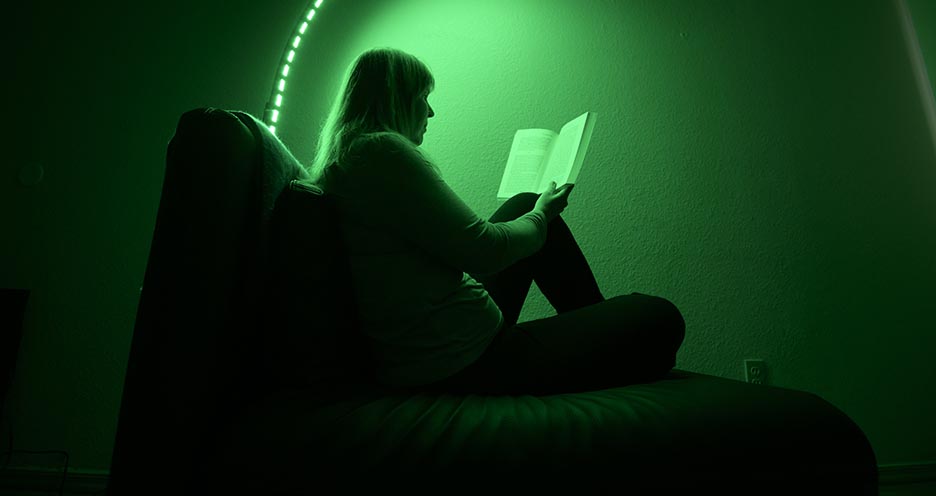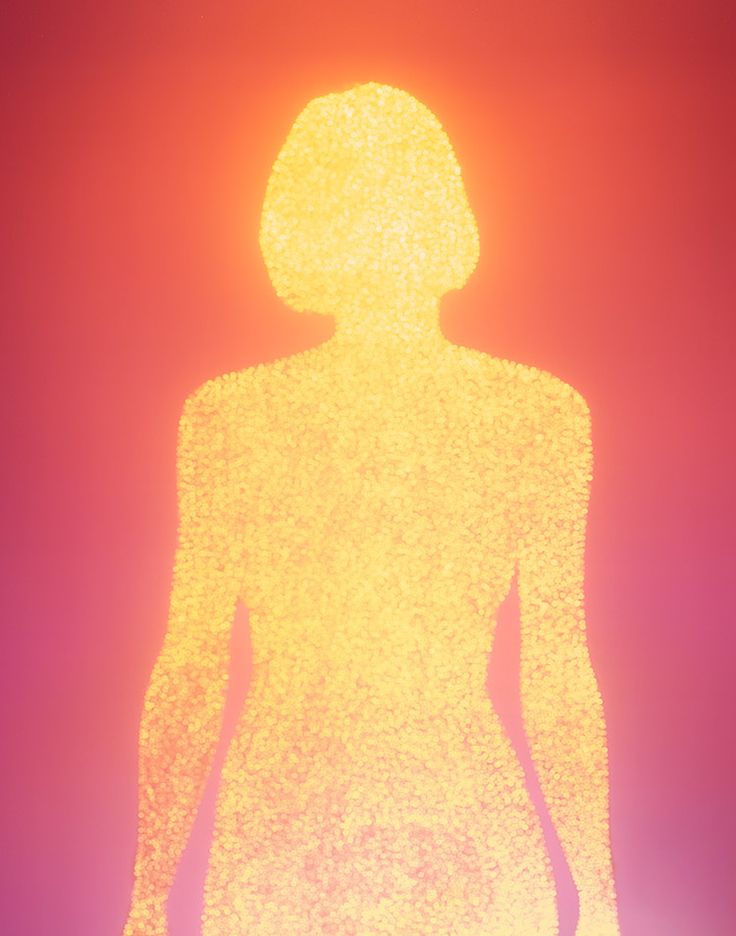Blue Light Therapy
Harnessing Blue Light for Skin Health, Mood, and Recovery
What is Blue Light Therapy?
Blue light therapy involves exposing the body to high-energy blue light, typically within the 400-500 nanometer wavelength range. It is primarily used to treat skin conditions, regulate sleep cycles, and improve overall mental clarity. Unlike red light, which penetrates deeply, blue light primarily acts on the skin’s surface.
How Blue Light Therapy Works
Grinders experiment across various domains, often tailoring their modifications to specific goals. Here are some key areas:
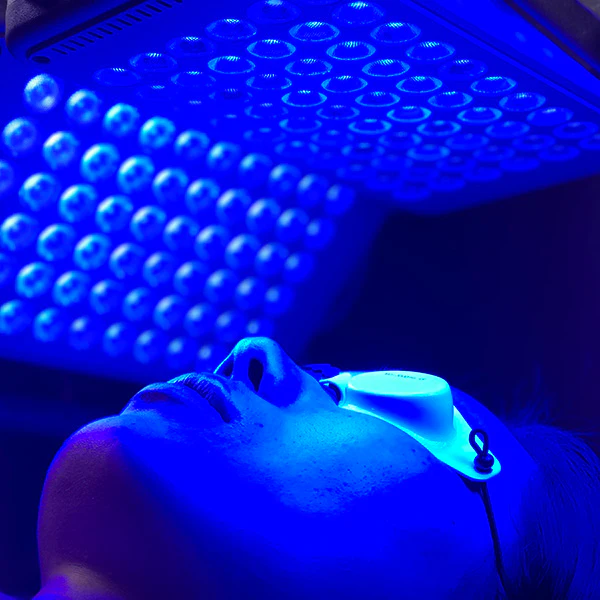
Targets Skin Bacteria
- Blue light penetrates the upper layers of the skin to kill bacteria, such as Propionibacterium acnes (commonly associated with acne).
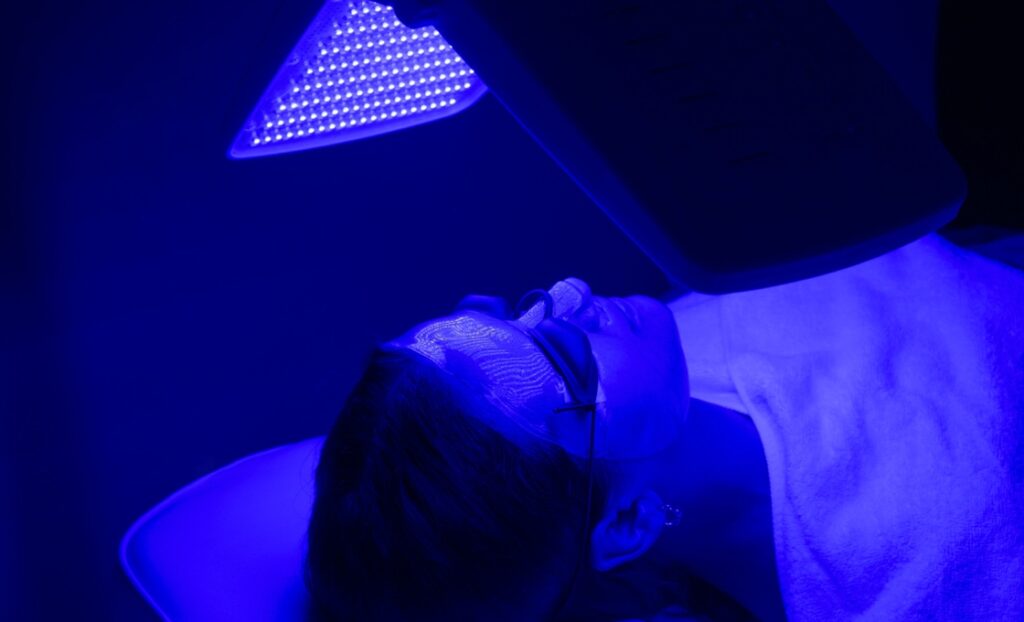
Promotes Cellular Processes
- It activates specific cellular pathways to improve skin clarity and repair damaged cells.
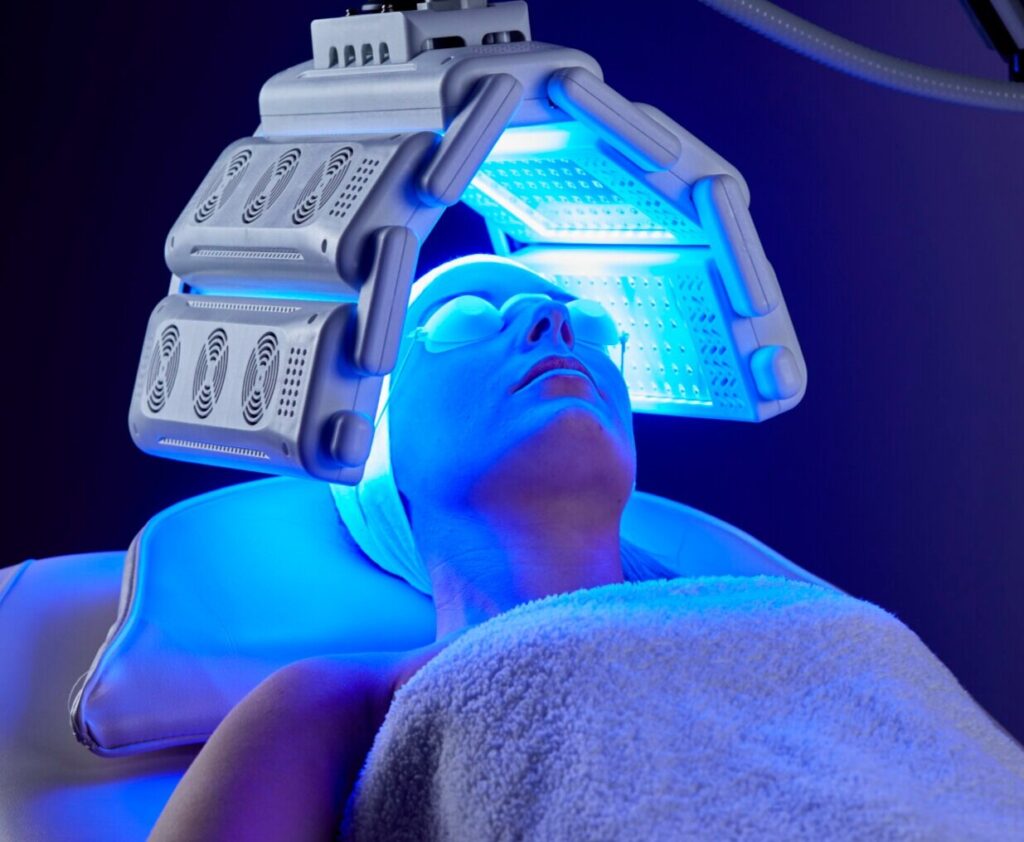
Circadian Rhythm Regulation
- Exposure to blue light during the day helps regulate melatonin production, aligning your body’s internal clock for better sleep cycles.
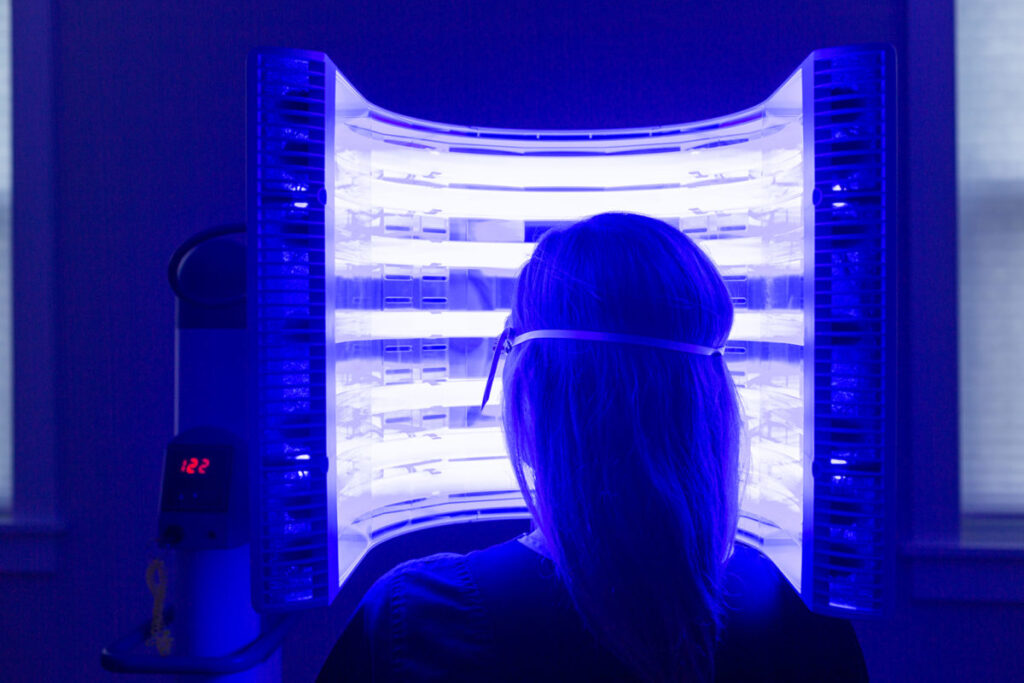
Influences Neurotransmitters
- Blue light therapy has been shown to boost serotonin and dopamine levels, improving mood and focus.
Biohacking Applications
Skin Care Routines
- Incorporate blue light therapy into daily or weekly routines to combat acne and improve skin clarity.
Morning Energy Boost
- Use in the morning to improve alertness and kickstart your day, especially during the darker months.
Post-Workout Recovery
- Pair blue light with red and infrared therapies to promote muscle repair and reduce soreness.
Mental Clarity and Focus
- Utilize short blue light sessions during midday slumps to enhance productivity and cognitive function.
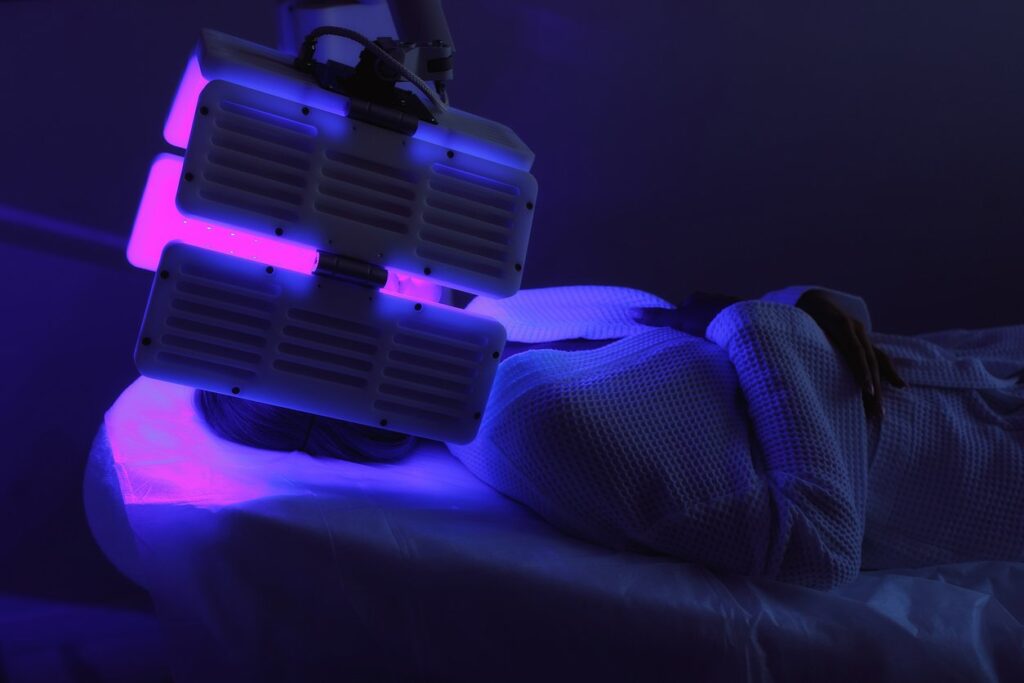
How to Use Blue Light Therapy
Devices:
- Portable blue light wands.
- Full-face light masks for acne treatment.
- Bright light therapy lamps for mood regulation.
Session Duration:
- For skin treatment: 10-20 minutes per session.
- For mood and circadian rhythm: 20-30 minutes in the morning or midday.
Frequency:
- 3-5 times per week, depending on the targeted goal.
Precautions:
- Avoid evening use to prevent sleep disruption.
- Always follow manufacturer guidelines for safe exposure.
Risks and Considerations
While blue light therapy is generally safe, there are a few risks to consider:
- Eye Sensitivity: Prolonged exposure can cause strain; protective eyewear is recommended for certain devices.
- Skin Irritation: Sensitive skin may experience mild redness or dryness.
- Sleep Disruption: Avoid using blue light therapy in the evening to prevent interference with melatonin production.
